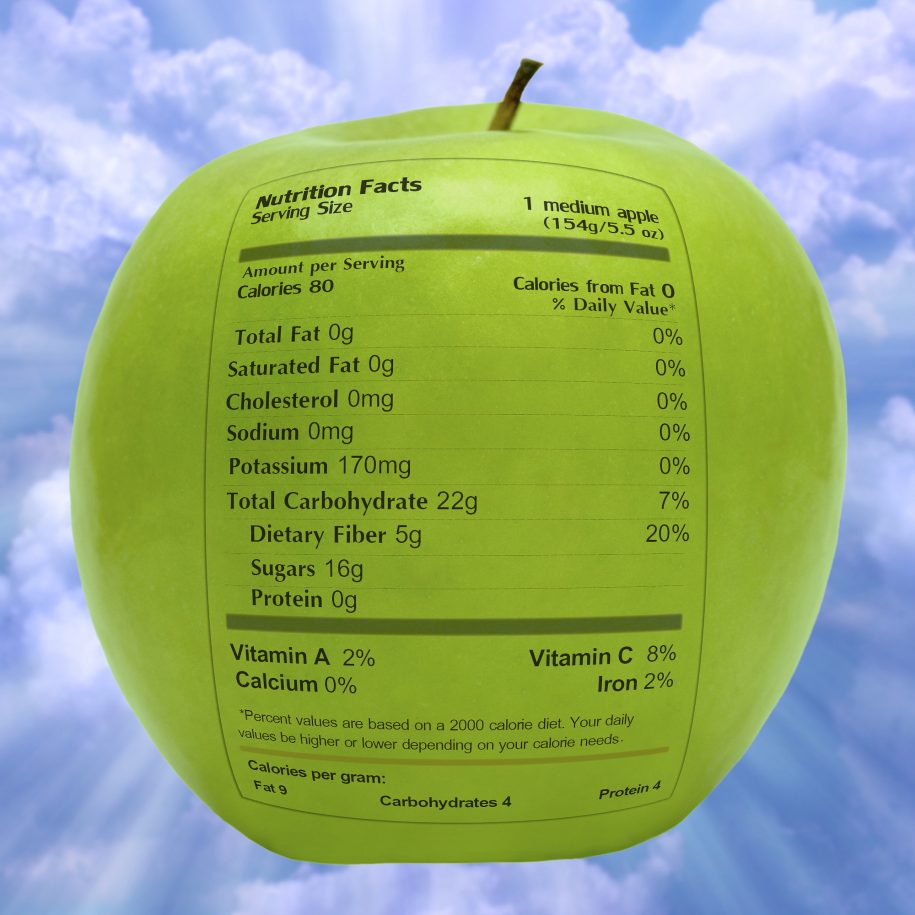What’s in a Label?
What’s in a Label?
By: Meka Aiken
ACE Certified personal Trainer
SAILFIT Inc.
When you pick up a sports drink or sports bar to take out on the water, do you know what the label is telling you? Do you even read the label? I sure hope you are at least glancing at the label! The Label can tell you so many things about how the product can help or hinder your performance. Most times the extent to which we look at the label is to see if it will taste like our favorite cookie or fruit because the nutritional facts part of the label may seem intimidating or mysterious. Well I’m going to try to take some of the mystery out of it for you.
To start, let’s take this protein bar label and use it as an example.
NUTRITION FACTS
Serving size 1Bar (50g)
Calories 190
Calories from Fat 35
Amount per serving % Daily Value
Total Fat 4g 6%
Saturated Fat 2g 10%
Cholesterol 5mg 2%
Sodium 180mg 8%
Total Carbohydrate 18g 6%
Sugars 0g
Sugar Alcohol 17g
Protein 20g 40%
Vitamin A 0%
Vitamin C 0%
Calcium 10%
Iron 6%
Not a significant source of Dietary Fiber
*Percent Daily Values (DV) are based on a 2,000 calorie diet
Ingredients:
The first thing you want look at is the serving size. Many times people just assume that whatever is in the package is one serving. Be careful because instead of consuming 190 Calories with 35 calories from fat you may be consuming 380 calories with 70 calories from fat. One example is that a bottle of soda or fruit juice is usually 2 servings per bottle. Remember that all of the Nutritional Facts are for one serving.
The next thing is the calories and calories from fat. The calories tell you how much energy you are getting from one serving of that particular item. The calories from fat are pretty self-explanatory. My example above shows that the bar has 190 calories of which 35 are from fat. This means that 18% of the calories come from fat. Many Dietary Guidelines suggest that people get no more than 30% of their total daily calories from fat.
Total Fat and saturated fat are next on the list. The saturated fat is included in the total fat. So in our example 2 of the 4 grams of fat are saturated fat. Saturated fat is the type that will raise your LDL levels and can increase your risk of heart disease. It is a good idea to turn to mono or polyunsaturated fats if you have a choice. These would include canola, olive or corn oil.
Cholesterol is something that many people need to be aware of. It is found in foods that contain animal products. Since it can lead to heart disease it is best to limit your intake of high cholesterol foods. You can look at the cholesterol amount and then the saturated fat and get a good indicator if this is something you should be consuming. It is suggested to limit your intake to less than 300mg per day. In our example you would be consuming 5mg of cholesterol and 2g of saturated fat. That’s not to bad!
Sodium is something that is very important, but seems to be paid more attention to by athletes. Sodium is basically salt. When you exercise you loose salt by perspiring. Most times you want to replenish what was lost to prevent cramping and dehydration. Salt also absorbs water and too much can make you thirsty. Many sports drinks replenish electrolytes, which is replenishing your salt levels. It is really up to the individual athlete to decide what works best for them. Outside of competition and training you want to limit your sodium intake to around 2400 mg per day. This bar only has 180mg of sodium. Even if you eat ten of them you’re still doing good!
Total Carbohydrates will include dietary fiber and sugars. This contributes to the amount of calories that make up the percent of carbohydrates per serving. Carbohydrates can be foods like fruits and vegetables, which will give you nutrients and energy. They also include bread, pasta and potatoes. You know the big pasta meal every yacht club serves during a regatta! When you have expended a lot of calories and need to replenish energy levels and take in calories these foods are great. The only problem is that when you are not competing you have to remember that you haven’t used as many calories. Most people who have a weight problem can contribute a portion of that to carbohydrates. They are those quick, cookies and pretzels and breads that are packed with calories and sugars. This is why so many turn to wheat and whole grain products. They have fewer sugars and are higher in fiber. Fruits and vegetables may not be the first choice for a quick snack, but they offer nutrients as well as natural sugars that won’t leaving you craving another carbo fix. When looking at the “Total Carbohydrates” you may want to choose one that has a higher fiber content and a lower sugar content. The fiber will help digestion and can help reduce the risk of cancer and heart disease. This protein bar actually has more grams of protein than carbohydrates.
That leads us to the next item, protein. We all know that protein helps build muscle and blood cells. Many athletes will consume a diet higher in protein if they are trying to build muscle and become stronger. Most times when we think of getting protein we think of eating meat. Well, along with animal proteins come fat and cholesterol. Opt for lean meat or even yogurt. You can also get protein from vegetables like beans and grains.
Now we come to Vitamins A and C, and calcium and iron. Each of these will always be listed after protein. The FDA has made mandatory rules and regulations on how food labels must be formatted. Every label will have what I have presented to you and may choose to include more items such as the polyunsaturated and monounsaturated fats. They may also include potassium, soluble fiber, sugar alcohol (sugar substitutes) and other essential vitamins and minerals. They have chosen these required nutrients because they address today’s health concerns and the order in which they appear reflect the priority of current dietary recommendations.
You may have also noticed the % Daily Values. These can tell you if the food you are about to eat will contribute a lot or a little to the total amount of food you eat for the day. The FDA has established a 2000-calorie daily diet as a reference point to base these values on. You may not know how many calories you consume in a day, but even if you consume more or less than 2000 it will give you a frame of reference. The FDA suggests that you have less than 100% DV of fat, sodium and cholesterol and an average of 100%DV of dietary fiber and essential nutrients.
After the nutritional facts label you will be able to find an ingredients label. This will tell you what that product is made of. The first ingredient is always the one that is present the most and then so on down the list. If the first ingredient is sugar or a sugar derivative my recommendation is DON’T EAT IT!! Here you will also be able to see if there are any traces of foods that you are allergic to.
Now how does all of this affect your performance? Well if you are looking for something that will give you quick energy for a short period of time you may look for something high in carbohydrates. If you are trying to build muscle or feel that during a regatta your muscles get tired before your energy level drops you may want something high in protein. Some people have trouble digesting certain foods and the label will tell you if they are present and to what extent. If you are racing the last thing you want is to have a sour stomach. Sometimes people use the label if they are following a certain diet that is based on the ratio of carbohydrates to fat to protein. Most important is to know what you are putting into your body. After all “You are what you eat”!
I hope this article comes in handy the next time you run across one of those mysterious nutritional facts labels. I hope you are enjoying these articles and they are helpful to you. If you have a question or topic you would like me to cover feel free to contact me at meka@sailfit.com or www.sailfit.com.




